Basic Color Theory
Mixing Color
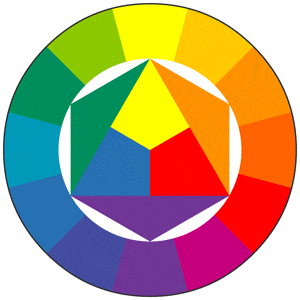
Before moving on color schemes let's define some basic vocabulary and explain the difference between additive and subtractive color mixing. In a traditional color wheel like the one by Johannes Itten pictured above we have:
- Primary Colors:
- The primary colors in the color wheel above are yellow, red, and blue.
- Secondary Colors:
- Secondary colors are made by mixing primary colors in equal amount. Secondary colors are located halfway between primary colors on the color wheel.
- Tertiary Colors:
- Tertiary colors are made by mixing a primary color with an adjacent secondary color.
As it turns out the above terms do not accurately describe color as it exists on your computer screen. The primary colors in this case are Red, Blue, and Green. This comes in part from the type of color mixing occurring. When you add paints together, they become darker. This type of mixing is know as subtractive. In subtractive color mixing color is presented to the eye by reflection; those colors not absorbed by an object are reflected back to the eye. The type which occurs on a computer screen is know as additive. In this case mixing colors together moves them closer to white. Color is emitted directly from the source in additive color mixing.
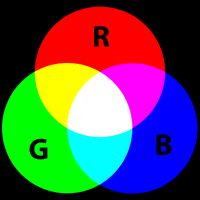 Additive Color Mixing
Additive Color Mixing
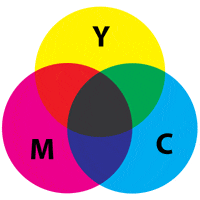 Subtractive Color Mixing
Subtractive Color Mixing
We can still use the color wheel up top to create color harmonies but it will not tell us about he effect of mixing two colors together accurately.
Color Schemes
Color schemes provide a way to create balance and harmony or can give us a way to intentionally create discord in a color palette. Most of the images below come from Well Styled's Color Scheme Generator.
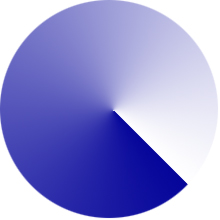
Monochromatic:- Single base color with tints and shades of that color.

Analogous:- Colors that are adjacent on the color wheel. When creating an analogous color scheme it's important not to take too big of a slice.
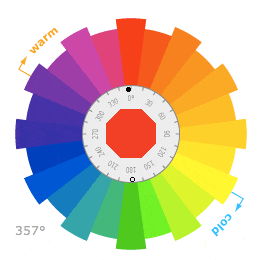
Complementary:- Colors are located opposite on the color wheel.
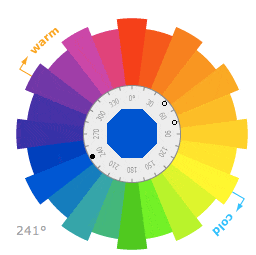
Split Complementary:- Made with a base color and two colors adjacent to the base colors complement.
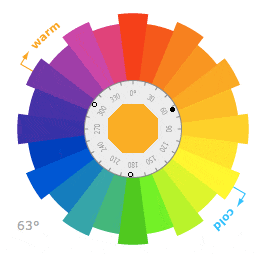
Triadic:- 3 colors equidistant from one another on the color wheel.
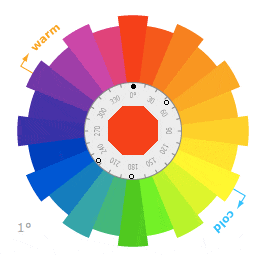
Tetradic:- Two complementary color schemes combined.